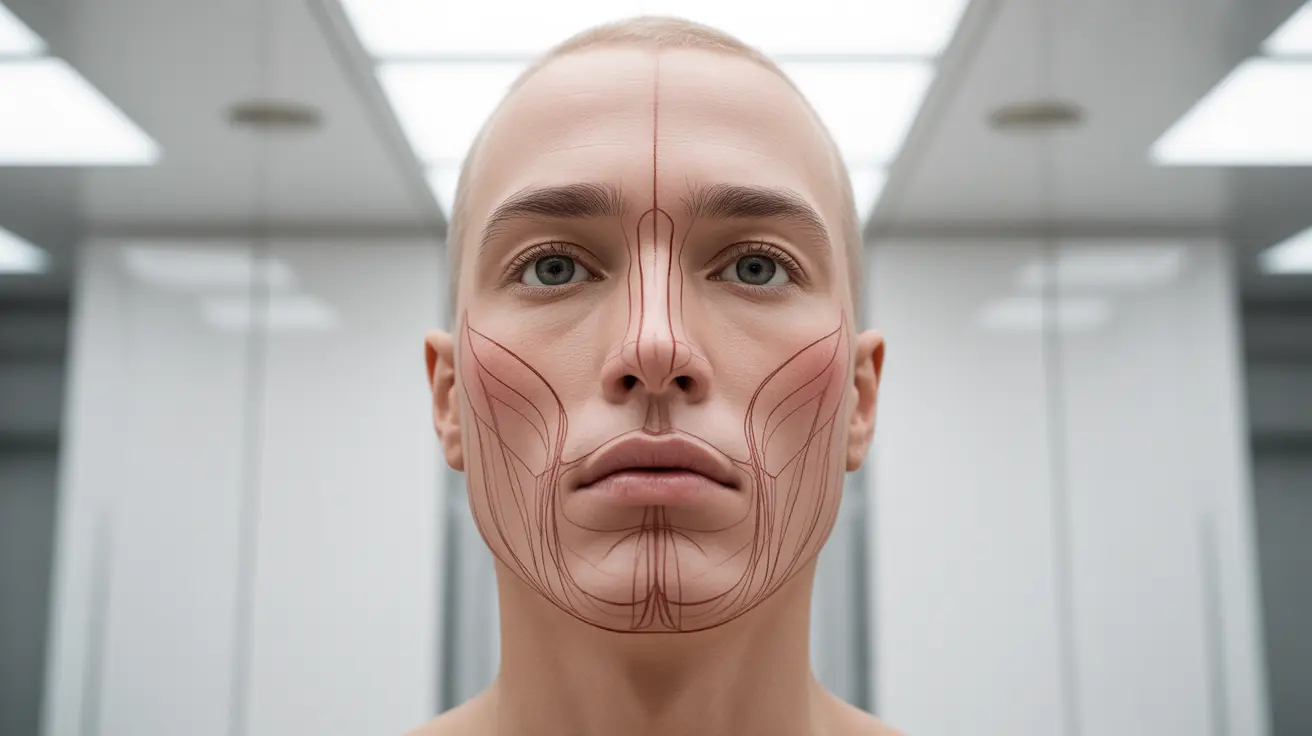A weak chin, also known as retrogenia or chin deficiency, is a common facial feature characterized by a chin that appears less prominent or recedes more than what's considered typical. This condition can affect both facial aesthetics and, in some cases, oral function. Understanding its causes, treatment options, and potential health implications is crucial for those seeking information or considering corrective measures.
While some people are born with a naturally receding chin due to genetic factors, others may develop this condition over time. The good news is that various treatment options are available, ranging from non-surgical alternatives to more permanent surgical solutions.
Understanding the Causes of a Weak Chin
Several factors can contribute to the development or appearance of a weak chin:
- Genetic predisposition
- Developmental issues affecting facial bone structure
- Age-related changes in facial bone density
- Dental misalignment
- Injury or trauma to the jaw area
Understanding these underlying causes is essential for determining the most appropriate treatment approach and achieving optimal results.
Impact on Facial Aesthetics and Function
A weak chin can affect both appearance and functionality in several ways:
- Creates an imbalance in facial proportions
- May make the nose appear larger
- Can affect the definition of the jawline
- Potentially impacts bite alignment
- May contribute to the appearance of a "double chin"
Treatment Options Available
Non-Surgical Solutions
For those seeking less invasive treatments, several options exist:
- Dermal fillers
- Botox injections (in some cases)
- Non-surgical chin augmentation
- Facial exercises (limited effectiveness)
Surgical Interventions
More permanent solutions include:
- Sliding genioplasty
- Chin implants
- Jaw advancement surgery
- Combined orthodontic-surgical approaches
The Relationship Between Weak Chin and Dental Health
A weak chin can sometimes be related to underlying dental issues:
- Malocclusion (improper bite alignment)
- Temporomandibular joint (TMJ) disorders
- Dental development problems
- Impact on oral function and breathing
Frequently Asked Questions
What causes a weak chin and can it get worse with age? A weak chin is primarily caused by genetics and developmental factors. It can appear more pronounced with age due to natural bone loss, decreased skin elasticity, and changes in facial fat distribution.
What are the most effective treatments to fix a weak or receding chin? The most effective treatments depend on individual cases. Surgical options like genioplasty or chin implants provide permanent results, while dermal fillers offer temporary but immediate improvement with less downtime.
Can non-surgical options like dermal fillers improve the appearance of a weak chin? Yes, dermal fillers can effectively improve chin projection and profile. Results typically last 6-18 months, depending on the type of filler used and individual factors.
How is a weak chin different from an overbite, and can they occur together? A weak chin relates to bone structure and projection, while an overbite is a dental alignment issue. They can occur independently or together, and sometimes treating one may help improve the appearance of the other.
Are there any health problems associated with having a weak chin? Some individuals with a weak chin may experience sleep apnea, TMJ disorders, or difficulty with proper dental alignment. However, not everyone with a weak chin will experience health issues.




